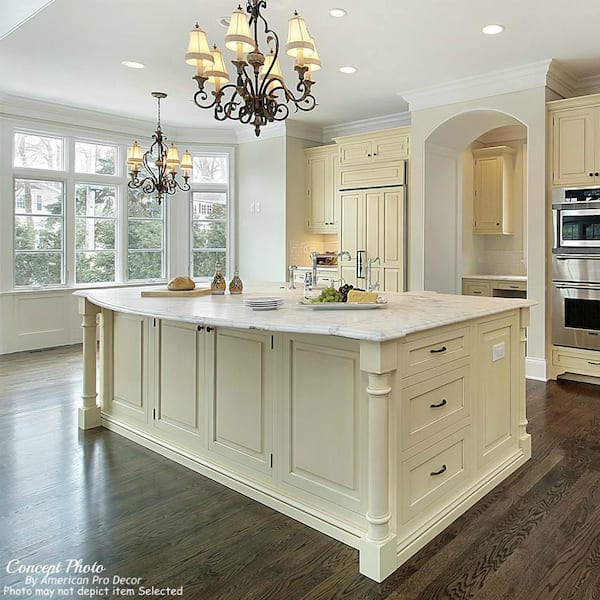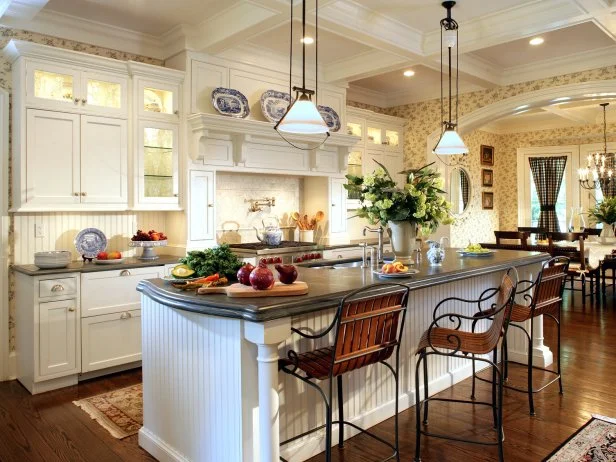Vital Tips for Choosing the Perfect Table for Your Kitchen
Choosing the excellent dining table for your cooking area is more than just an issue of taste; it requires a thorough understanding of your area and demands. The shape of the table plays an essential role; while rectangular tables match bigger areas, rounded ones foster affection, and extendable choices supply versatility. The table needs to harmonize with your cooking area's visual appeals and fit your family conveniently.
Action Your Space
Picking the ideal dining table starts with a precise analysis of your available area. This foundational step makes certain that the table not only fits comfortably within the area but also matches the general format and capability of your dining area. Begin by measuring the dimensions of the space, considering entrances, home windows, and any kind of existing furnishings. This will certainly aid you determine the maximum allowed size for your dining table.
It is crucial to leave ample area for chairs to be pulled out and for individuals to move around the table without obstruction. A basic policy of thumb is to enable at least 36 inches of clearance from the side of the table to the local wall surface or piece of furniture.
Additionally, consider the variety of people you typically amuse and whether you need additional space for visitors. Selecting an extendable table can supply flexibility, enabling you to accommodate varying varieties of diners. By properly measuring your area, you lay the groundwork for choosing an eating table that improves both the visual appeals and capability of your dining location.
Pick the Right Shape

On the various other hand, round tables are outstanding for smaller sized kitchens or intimate events, as they advertise discussion by allowing everybody to encounter each other. They likewise give a sense of coziness and can fit well in tighter areas as a result of their absence of sharp corners. Oval tables use the most effective of both worlds, integrating the size of rectangle-shaped tables with the intimacy of round ones, making them flexible for different setups.
Square tables are another option, especially fit for square-shaped areas. They develop a contemporary and in proportion appearance, cultivating an equivalent eating experience for all seated. They may be much less useful for bigger events unless they come with extensions. Inevitably, the form you pick need to straighten with your area measurements and way of living to ensure both form and function.
Product Factors To Consider
When selecting an eating table, product considerations are extremely important in figuring out the table's sturdiness, maintenance requirements, and overall visual. Wood is a timeless option, providing timeless charm and robustness.
Glass-topped tables supply a modern, streamlined look and can make an area appear bigger due to their openness. They require constant cleaning to stop finger prints and smudges. Furthermore, toughened up glass is suggested for its extra strength and security.

Finally, composite materials like MDF (Medium-Density Fiber board) or plywood are budget-friendly options. These materials can mimic the look of solid wood yet may not offer the same long life. They are typically easier to tidy however can be susceptible to water damages if not effectively sealed.
Inevitably, the option of material should straighten with your kitchen's design, your lifestyle requires, and your budget restraints. (kitchen island legs)
Seating Ability and Convenience
Just how do you figure out the best seats capacity and convenience for your table? This critical step entails evaluating both the physical space available in your kitchen area and your household's practical demands. Begin by measuring click here to read your kitchen location to ensure the table fits easily, permitting at least 36 inches of clearance around it for simple activity. Consider the variety of people who usually eat together, as this will affect the table dimension. For a family of four, a rectangle-shaped table of 48 inches long or a round table with a 48-inch size is usually sufficient. useful content
The height of the table ought to ideally be around 30 inches, offering a balanced ergonomic stance for seated restaurants. Chairs must have a seat height of 18 to 20 inches to guarantee a comfy eating stance.
Design and Aesthetics
Selecting a dining table that matches your design and looks includes balancing personal taste with the existing style of your eating area. The table is frequently the centerpiece of the cooking area, and its layout must match the overall motif of the space. Whether your kitchen area boasts a modern-day, minimal look or a rustic, farmhouse charm, the table you pick must harmonize with these components to develop a cohesive and inviting ambience.
Think about materials meticulously; wood offers a classic charm and can range from abundant mahogany for a conventional want to lighter oak for a modern feel. Steel and glass tables, on the other hand, can present a sleek, commercial edge to your cooking area. Do not neglect the table's form-- rectangular tables are versatile and traditional, while round and oval choices can learn the facts here now foster a much more intimate eating experience.
Furthermore, pay close attention to details and coatings. A distressed coating might include personality and warmth, whereas a shiny surface can add to a clean, contemporary visual. Ultimately, your eating table should not only healthy perfectly right into your kitchen's style yet also show your individual style, raising the room both functionally and visually.
Final Thought
In final thought, choosing the suitable eating table for a kitchen area requires cautious examination of area, form, material, seating capability, and aesthetic harmony. Ultimately, a well-chosen dining table cultivates an inviting ambience and suits the family pleasantly, hence improving the dining experience.

When selecting an eating table, product factors to consider are extremely important in determining the table's toughness, upkeep needs, and overall aesthetic. For a household of 4, a rectangle-shaped table of 48 inches long or a round table with a 48-inch size is usually sufficient.
Don't neglect the table's shape-- rectangle-shaped tables are timeless and functional, while round and oblong options can foster a more intimate dining experience. kitchen island legs.